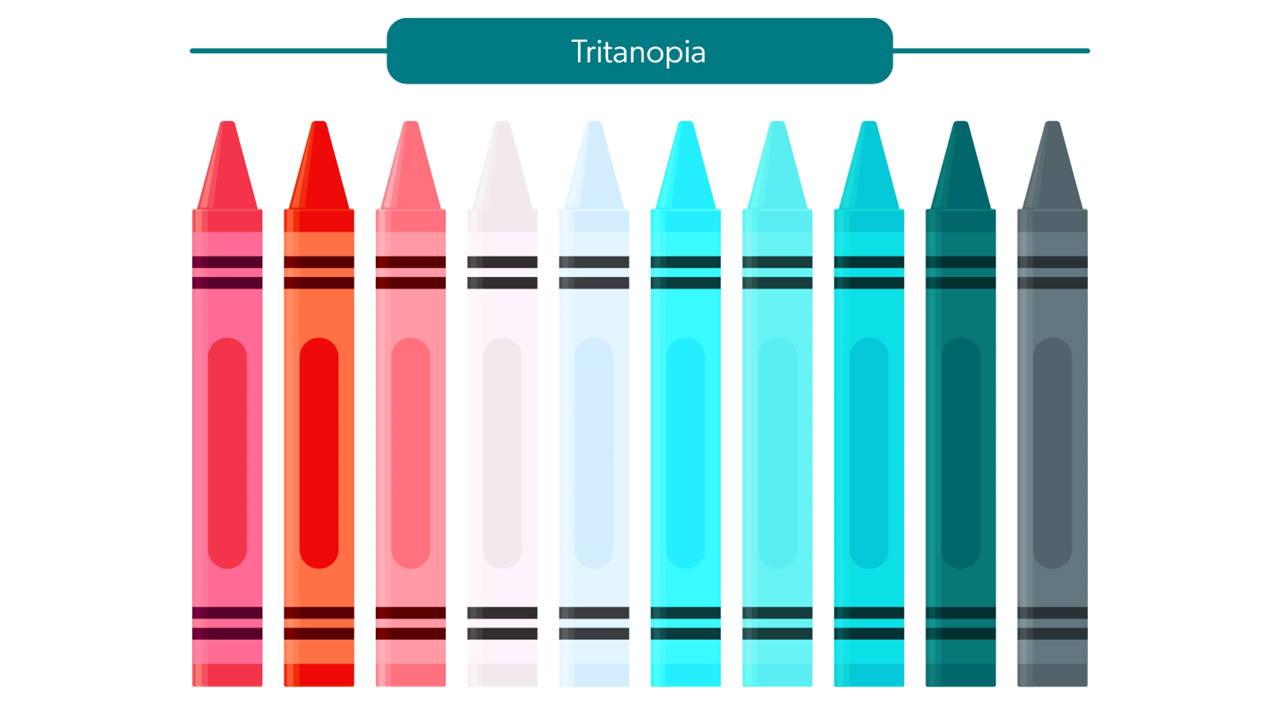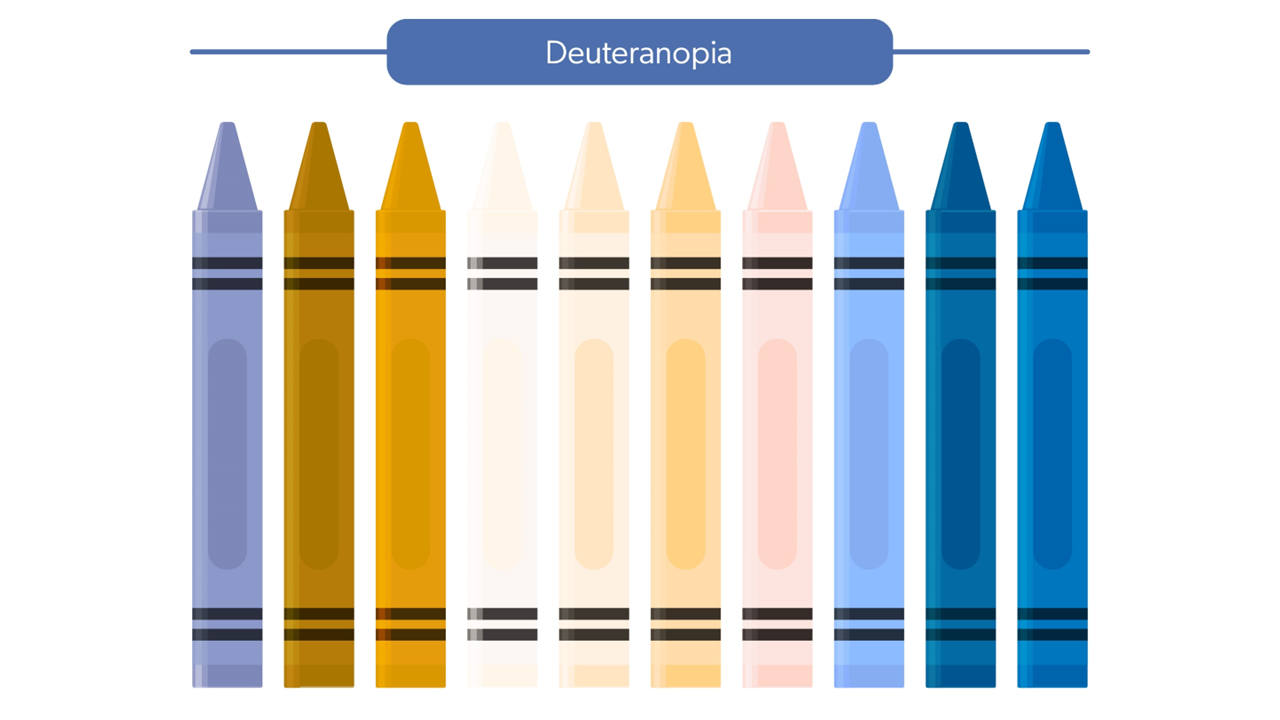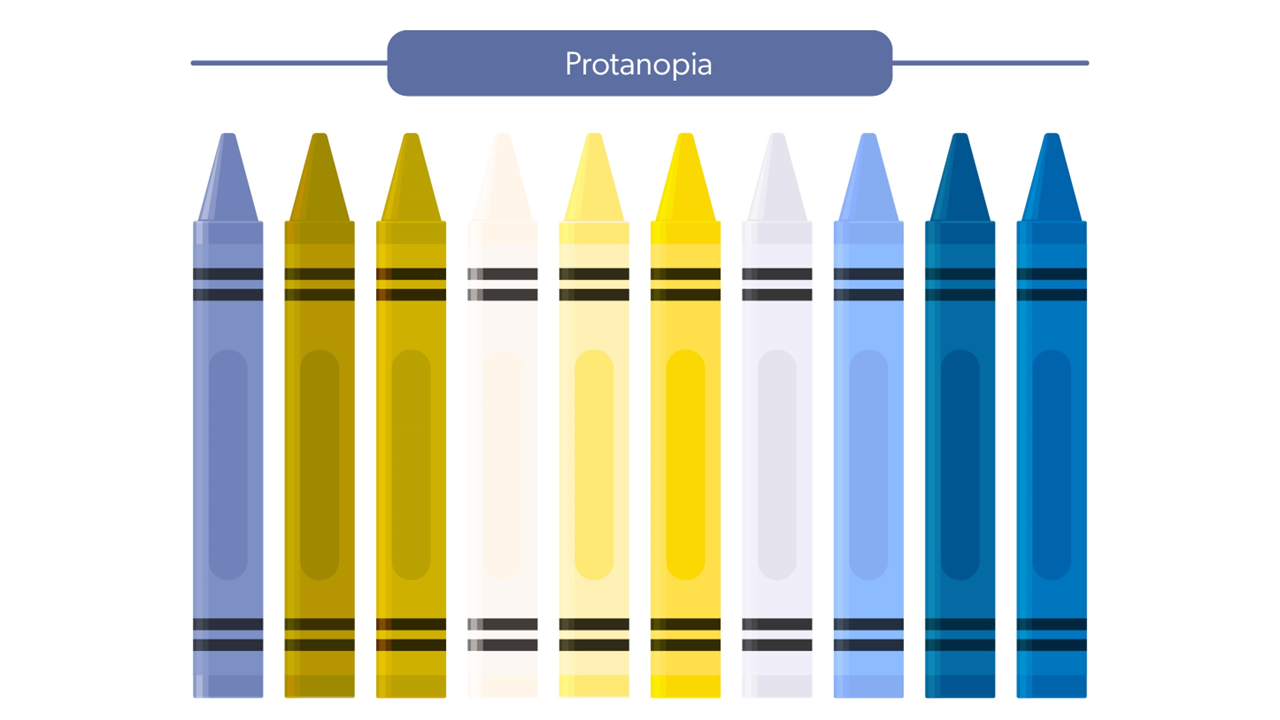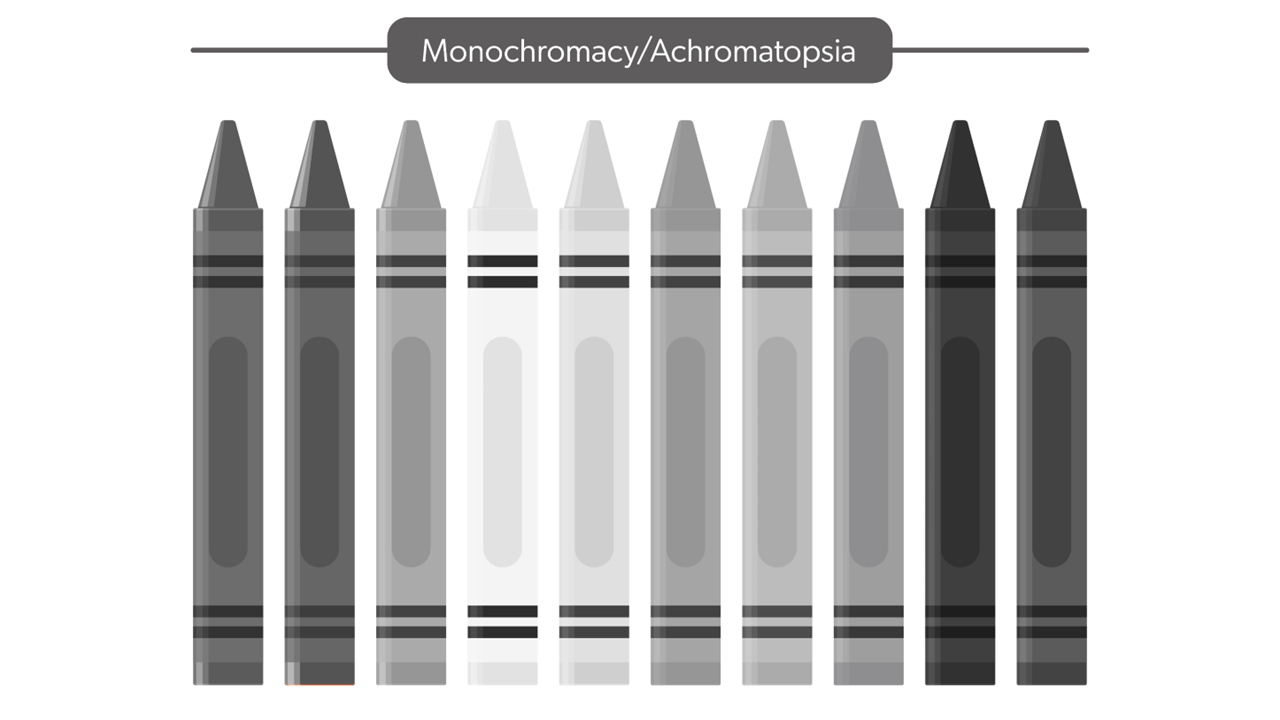
DCG Goes Beyond the Palette: Color Blindness Awareness Month
At DCG, our mission to help vulnerable populations guides everything we do.
From research to design, we focus on access. We understand the best communications products are those accessible to everyone. During September’s Color Blindness Awareness Month, we’re reminded about an often-overlooked issue faced by millions of Americans and how we can continue to make our communications products as understandable and usable as possible.
Throughout this month, we’re focusing on a deepened understanding of color vision deficiencies (CVDs) by demonstrating how our team ensures our materials are 508 compliant for CVD individuals and encouraging others to consider CVDs when developing products for public use.
The History
Color Blindness Awareness Month raises awareness about CVDs and the challenges faced by those who live with this condition. John Dalton was the first scientist to study CVDs in the 1790s, as he himself faced CVD challenges. September 6 was declared Color Blindness Awareness Day in honor of his birthday. Today, there are around 350 million people who have a CVD, and their education, career progression, and ability to read and interpret visual aids are impacted every day.
Finding Your True Colors

To gain insight on CVDs and develop appropriate support strategies, individuals struggling with a CVD can use three types of tests:
- Ishihara Test: This test uses different color plates that can check for different types of CVDs.
- Anomaloscope Test: Evaluates your ability to match the brightness of two lights. During this test, you’ll use knobs to adjust the lights to try to get them to match.
- Hue Test: Eye doctors will give patients a set of colored objects and ask them to organize the objects in rainbow order (red to purple).
While these tests are valuable for gaining insights into one’s CVD, these individuals will still run into obstacles that test their vision abilities. At DCG, we recognize these challenges and collaborate closely with organizational leaders, experienced design professionals, and Section 508-compliant experts to ensure all shareable materials and digital content we create are clear and accessible to everyone.
Tailored Design Approaches for Every Vision
When creating materials from the ground up, DCG pays attention to the usage of icons, textures, patterns, labels, and typography font and weight. Color combinations and contrast of designs are evaluated to adhere to Web Content Accessibility Guideline (WCAG) Standards. DCG uses software tools to assess contrast ratios, ensuring all materials meet the required guidelines for readability for all CVD types:
Standard Vision: Ability to distinguish between many colors.

Tritanopia: When it’s difficult to distinguish between blue and green, purple and red, and yellow and pink. It can also dim color brightness.

Deuteranopia (the most common CVD): A reduced sensitivity to green light, which makes it difficult to distinguish red and green colors.

Protanopia: No sign of red cones in the eyes.

Monochromacy/Achromatopsia: Complete absence of all colors.

Performing a 508-compliance check is not only essential for creating inclusive materials, but it’s also a legal requirement in government work. This includes reviewing documents to ensure they have properly structured headings, alternative text for images, sufficient color contrast, and are fully navigable using assistive technologies. We verify that all interactive elements are accessible, hyperlinks are descriptive, and any multimedia content includes captions or transcripts.
Building Your Color Confidence: Essential Resources
- Evaluate whether your materials are clear to people with CVD using a color blindness simulator.
- Expand your knowledge on color blindness.
- Take the Ishihara Test to find out what colors you can see.
If you need more information about how to create accessible communications products, reach out. And explore some of our projects that have been honored with awards and finalist recognition for outstanding inclusive and diverse design:
- U.S. Department of Veterans Affairs (VA), Office of Nursing Services (ONS) Annual Report (Crux/DCG): Gold Hermes Creative Award
- U.S. Department of Veterans Affairs, Office of Nursing Services Annual Report (Crux/DCG): Gold Hermes Creative Award
- U.S. Department of Homeland Security (DHS), Office of Public Affairs Consequences to Irregular Migration Video: Gold dotCOMM Award
- DHS Tackle Human Trafficking Super Bowl Campaign: Gold dotCOMM Award
- DHS If You See Something, Say Something® Campaign: PR News Platinum Award Finalist
- DHS National Human Trafficking Prevention Month — Anti-Trafficking Symposium (Learn More): PR News Platinum Award Finalist
DCG Goes Beyond the Palette: Color Blindness Awareness Month was originally published in DCG Life on Medium, where people are continuing the conversation by highlighting and responding to this story.



